Commodity Exchanges, boon or bane for farmers?
- Rommel Rodrigues
- Feb 14, 2021
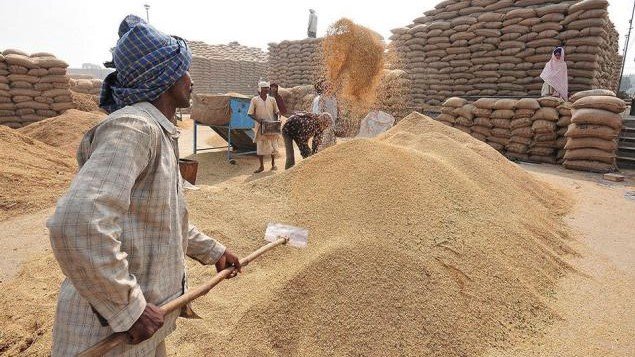
MUMBAI: When it comes to the on-going farmers protests most of the related conversations usually boils down to couple of contentions issues, one of course is of that of the MSP or the Minimum Support Price. This remains a holy grail which is seen by the stakeholders as kind of a safety net that ensures guaranteed prices on farm produce. The farmers are demanding that minimum support prices may be guaranteed by the government in writing and to be fair to both sides, there are arguments both in favour, and against it.
However, although the farmers have demanded that all the
three agriculture acts of 2020, referred to as the farm bills namely, the
Farmers' Produce Trade and Commerce (Promotion and Facilitation) Act (FPTCA),
Farmers (Empowerment and Protection) Agreement on Price Assurance and Farm
Services Act, and the Essential Commodities (Amendment) Act be repealed, it
appears that the farmers' strongest apprehensions are on one of the three, the
FPTCA.
The FPTCA expands the scope of trade areas of farmers'
produce from select areas to any place of production, collection, aggregation
and allows electronic trading and e-commerce of scheduled farmers' produce.
Although the new legislations allows farmers to choose and
sell to anyone they want, if they are getting a better deal than the government
fixed prices, farmers from certain regions like Punjab, Haryana, Uttar Pradesh
etc., fear that it will eventually lead to shutting down of the Agriculture
Produce Marketing Control Markets (APMCs) or as popularly known as mandis.
As of date there are about 6,900 odd mandis across the country where farmers auction their agriculture produce. While the mandis may have been conducive to certain sections of farmers, smaller farmers have clearly not gained much out of it. The mandis are dominated by middlemen (arthiya as they are called) and commission agents who are largely controlled by local politicians and they call the shots and they set their own parameters for buying a particular produce.
As per statistics, over 85 per cent farmers in India own or
cultivate on less than two acres of land and have little surplus to sell, hence they do not have much say in the mandis. Since they are skewed of their
bargaining position, it is a fact that they are at the mercy of the arthiyas' to sell their
produce at very low prices often below their input costs.
Not to mention that the perishable nature of their produce
also forces them to sell it off as soon as they can to reduce losses, besides
any vagaries of nature like unseasonal rains, droughts, hail storms, crop
infestation often leads to partial or total loss of the crop and thus the
income.
Since they are not able to get a lucrative deal for their produce in the mandis the marginal farmers are often left with nothing in hand after deducting the input cost, more than often they suffer heavy monetary losses. This is the main reason that have led to farmers defaulting on loans eventually leading them to commit suicide. Since 1995 over 3.5 lakhs farmers and farm labourers have died by suicide and it is estimated that farmer suicides account for 11.2% of all suicides in India.
So far, albeit the government has tried to leave enough room
for negotiations, largely both the parties have rigidly stuck to their stand,
with the farmers even spurning the olive branch by the Supreme Court and as of
now we do not know how exactly things will pan out.
Having said this, however, I have a different take on the
whole issue.
Somewhere in 2002, I remember meeting a leading agriculture
scientist from Odissa in Bhubaneswar, on a story related to the farmers’
suicide issue, and apart from other things he told me that an alternative for farmers
dependent only on the mandis and the MSP for remunerative prices for their produce, is setting
up of multi-commodity exchanges in the country.
He said such exchanges apart from multiple other benefits will hedge risks against price fluctuations and can bring about drastic change
in the sector and eventually lead to better price realization for the farmers.
Let me explain to the lay reader. In India as anywhere in the world, multi commodity
exchanges, like the equity segment in the main stock exchanges are electronic
market place where a farmer or a trader can discover the prices of commodities
on a national level and can buy or sell goods immediately to anyone across the
country.
Apart from specified commodities, including agricultural
commodities they trade in metals and bullion by providing spot delivery
contracts in these commodities. Just like equity stock markets they are
stringently regulated under the exchange framework for the trading of goods.
He basically meant that these exchanges would be a boon for smaller farmers as they would be able to sell their produce at competitive rates and realise a better price than the mandis and even the MSP. Besides, it would also address the major issues faced by the agricultural ecosystem which resulted in massive post-harvest losses, namely - proper storage and logistics. Substantial amount of food grains are lost every year in this transmission process without benefiting the farmer and hiking prices for the end customer.
His contention was, by addressing infrastructure
inadequacies and adopting a combination of strong technology platform backed by
stringent regulations, such a market place would change the dynamics of how
agriculture produce are traded in the country.
Back in Mumbai, I learnt that Indian
commodity derivatives was not new, in fact during the 1940s, India had around 300
commodity exchanges and trading in these exchanges was not regulated by a
standard policy or a regulator. In 1952, the independent government formulated
the Forward Contracts (Regulation) Act, and set up the Forward Market Commission
(FMC) in 1953 to act as the regulator, although in 1966, a comprehensive ban was
imposed on futures trading in an effort to control price volatility.
But with beginning of the 3rd millennium, a renewed effort was being done and the idea of commodity exchanges was already taking strong shape with the then Agriculture Minister Sharad Pawar making a strong pitch for them. Pawar listed slew of benefits of such exchanges advocating them as a boon for farmers.
Pawar said that although some of his cabinet colleagues were
apprehensive, and in his trade mark style he joked that perhaps they did so
since they did not understand the concept at all, he stressed that the Prime Minister was strongly in
favour of opening up the sector for private participation.
While quite a lot of corporates were still waiting in the wings, first generation entrepreneur Jignesh Shah promoter of Financial Technologies (India) Limited (FTIL) a rather diminutive man still in his mid thirties, jumped in the fray and promoted Multi Commodity Exchange (MCX) in 2003. In 2005 he promoted the National Spot Exchange Ltd (NSEL) and in June 2007, it was approved as a Spot Exchange by Department of Consumer Affairs (DCA).
When MCX debuted, it was seconded by none other than Mukesh Ambani, chairman of the then united Reliance Group who had placed the muharat order for a gold futures contract formally marking the start of trading at the multi commodity exchange. Perhaps Ambani, saw a shadow of his father the legendary Dhirubhai in Shah who like him seemed to be high on entrepreneurial adrenaline with a sharp focus on a very key sector.
Ironically along with telecom, Reliance had also been drawing big plans to venture into the ‘Farm to Fork’ sector, cutting out the middlemen ecosystem. However it was well known that in the corridors of power during the then United Progressive Alliance (UPA) regime (which was headed by an economist Dr Manmohan Singh), there were forces in the dispensation that favoured lobbying by vested interests, politicians and middlemen.
These forces wanted to subsist on their own terms and
prevent anyone with bigger dreams from entering the market. Tired of the incessant nit-picking, Ambani,
eventually shelved his grandiose plans and focused on other sectors like oil
and telecom.
Shah however went against the tide and pursued his venture
with vigour, and with a long standing experience in developing IT infrastructure
and tools for exchange operations his company was able to deploy the finest
platforms for trading in agricultural commodities which aimed to maximise
benefits to the farmer though the exchanges.
His efforts were also paying off with as many as six state
governments issuing licences under the model Agricultural Produce Market
Committees (APMC) Act to NSEL, because their own APMCs mostly short-changed the
poor farmers.
NSEL was turning out to be a boon for such farmers because
they could now sell their produce at competitive rates and make better profits. Even
if the price crashed, the farmers were at an advantageous position as they have
the protection of futures contract of their produce, moreover, they could decide
the sowing pattern after analysing futures price trend at a commodity exchange.
Shah had an astute business acumen, I remember his interactions
with the media were not the usual loud glamour laced affairs, in fact a couple
of times that I met him, it was on an open terrace at the Taj Mahal overlooking
the Gateway and rather than boring power points he spoke at length to explain
his vision for the commodity sector.
In fact I wrote in an editorial how Shah was wishfully
thinking that he aims to bring all the farmers from across the country onto a
commodity trading platform which looked like a tall order at that time.
Although I must admit that he already had tons of examples
of how farmers and farm produce co-operatives were already reaping benefits of
price discovery and hedging on his commodity exchanges. Among other instances
he spoke about procurement of cotton from farmers in Andhra Pradesh at better
than MSP rates and a Rubber Marketing Co-operative covering price risk on
behalf of their member farmers.
I may have scorned in my piece that Shah could even imagine
that APMCs would go online one day and farmers in India could ever call the
shots, but that was an idea waiting to happen and it debuted in April of 2016 when
the Prime Minister launched electronic market pilot across India called as
National Agriculture Market or eNAM.
Starting with 21 mandis which are now scaled up to nearly
1000 across 18 states and 3 union territories, the eNAM platform has close to
1.70 crore farmers and nearly 1.230 Lakh traders 75,000 commission agents and
1,012 farmers producers organisations (FPOs) registered on it. The platform is implemented by Small Farmers
Agribusiness Consortium (SFAC), a central government agency, with the support
of state governments.
Over 150 commodities, including food gains, oilseeds,
fibers, fruits and vegetables are traded on e-NAM and farmers can opt to trade
directly on their own through the mobile app integrated with payment gateways
or through registered commission agents.
Shah went on to promote several exchanges not only in India
but in several countries, including Singapore, Dubai, Africa etc., however he
became a victim of those very forces who were out to scuttle the ambitions of those
who wanted to make a remarkable change in how agriculture produce is traded in
India.
And while it’s deplorable that a cabal headed by non-other
than a top politician in the UPA government and his colluding bureaucrats orchestrated
his fall, it’s equally sad that a team of talent bank which had humungous
potential to take agriculture produce management of India to greater heights
were stifled to death.
So coming back to the original point of farmers protest against apprehensions of losing their access to APMCS and mandis and the MSP, it would be prudent for us to look beyond them to ecosystems and channels that could help the farmers, especially the poor farmers sell their produce at competitive rates and make better profits.




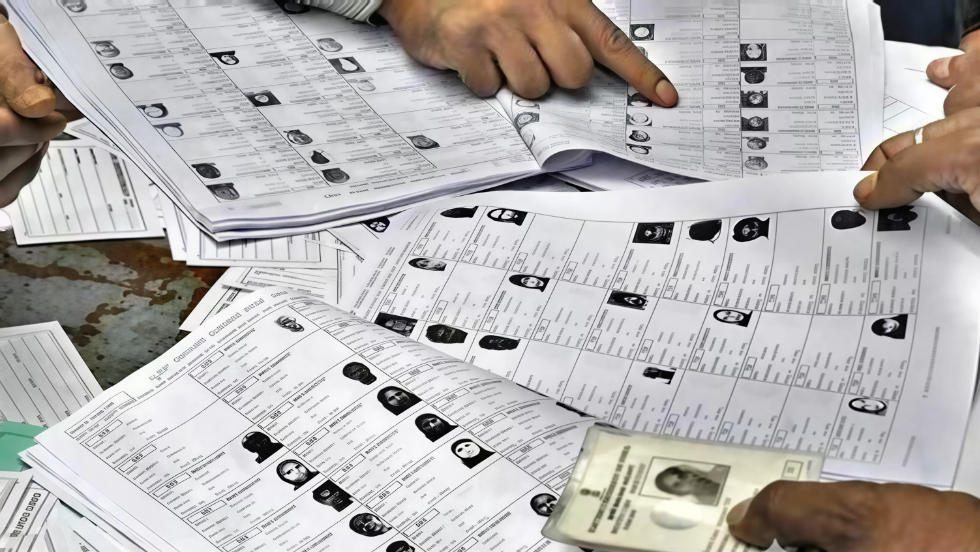
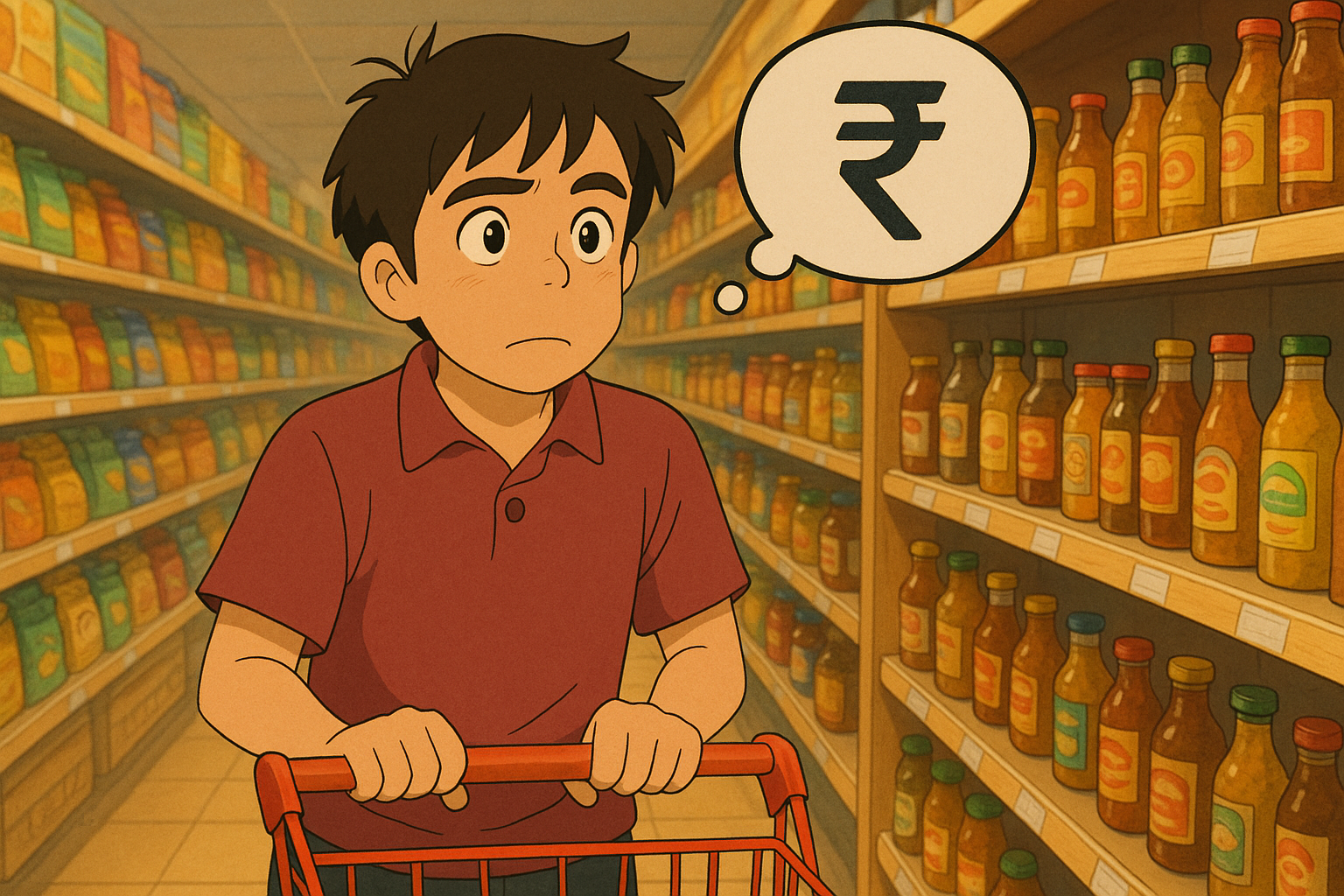

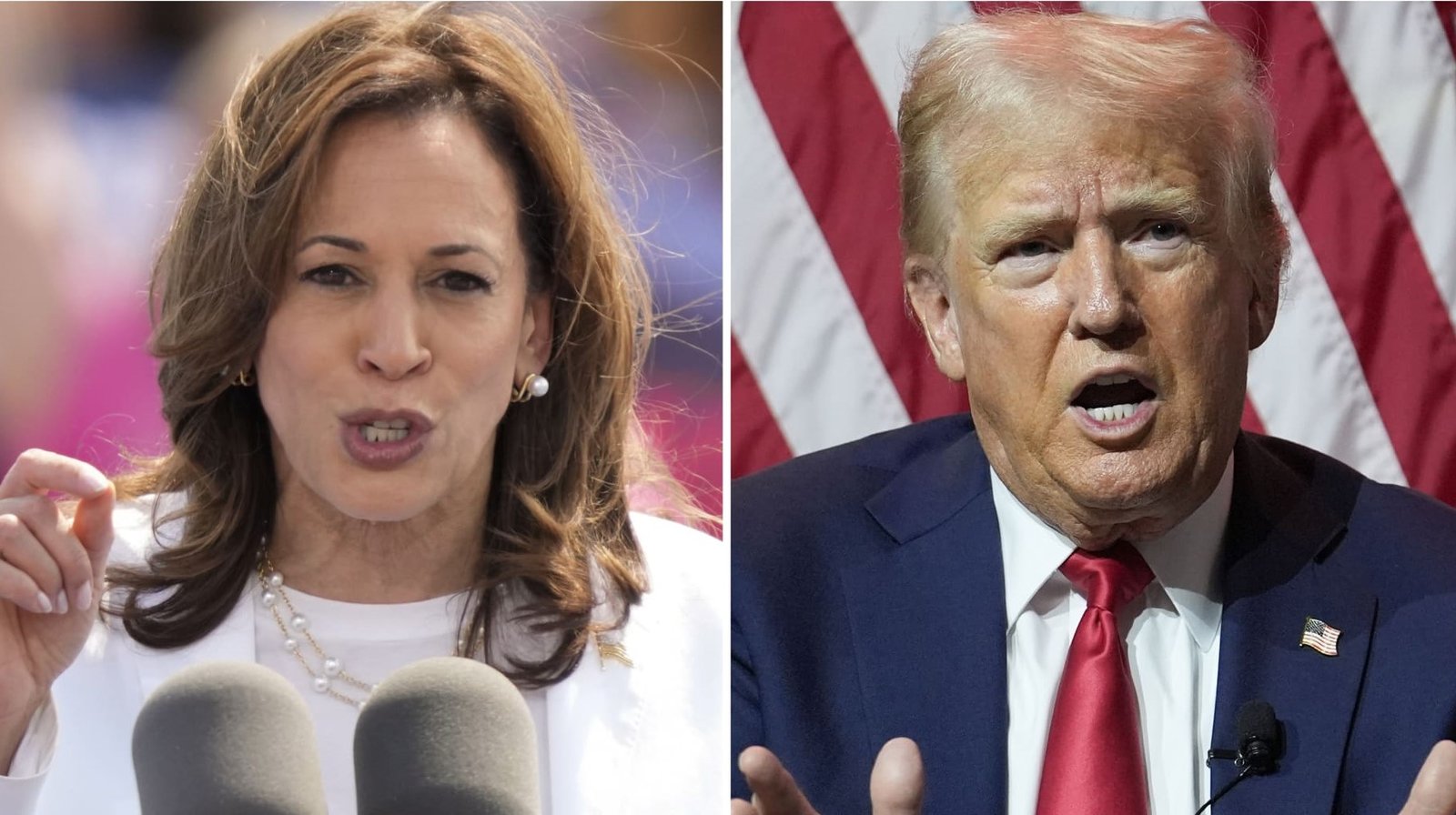
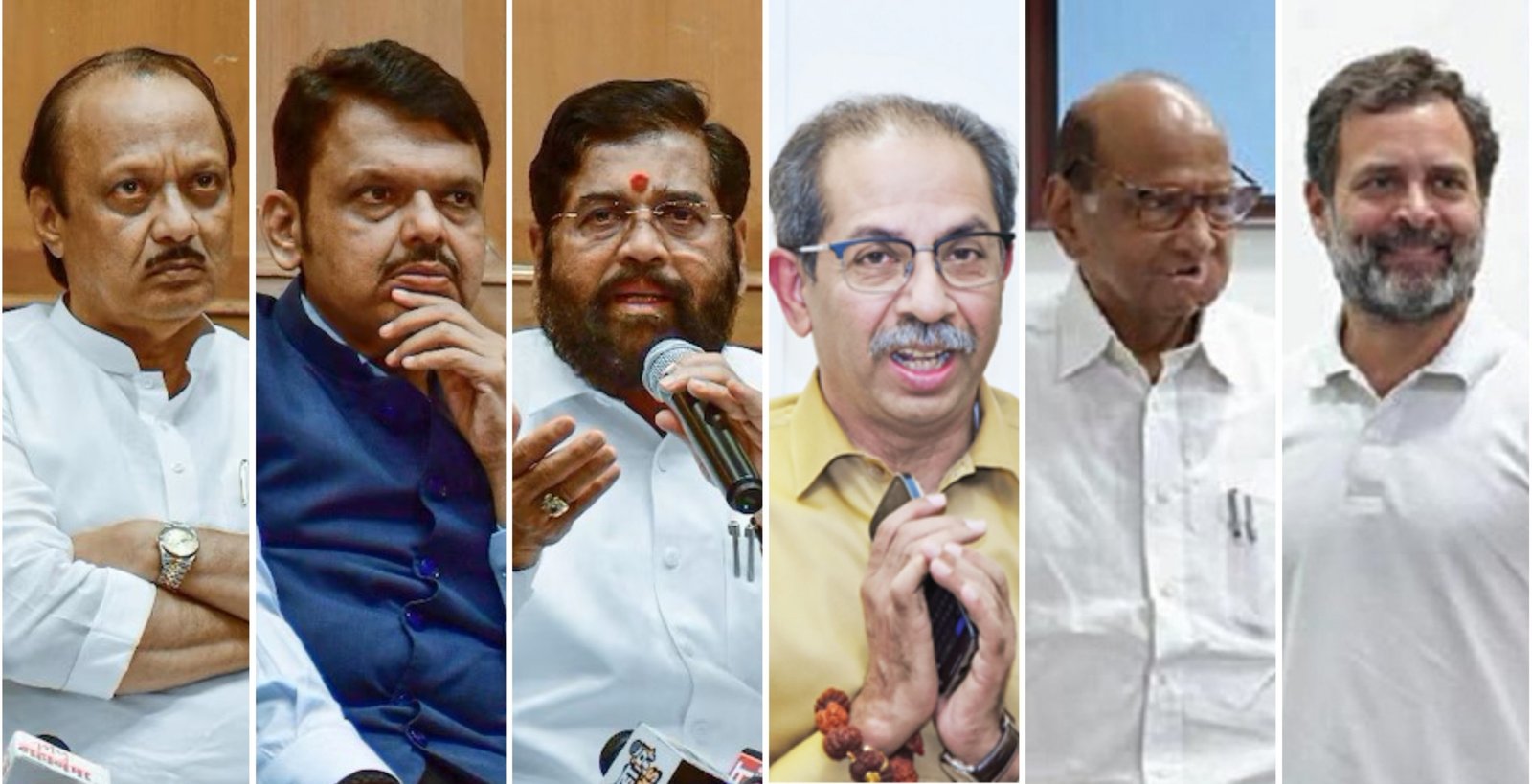


Reporter
Rommel is our Editor. He has close to three decades of experience in leading publishing houses including, Fortune India, Observer of Business & Politics, The New Indian Express etc.
View Reporter News